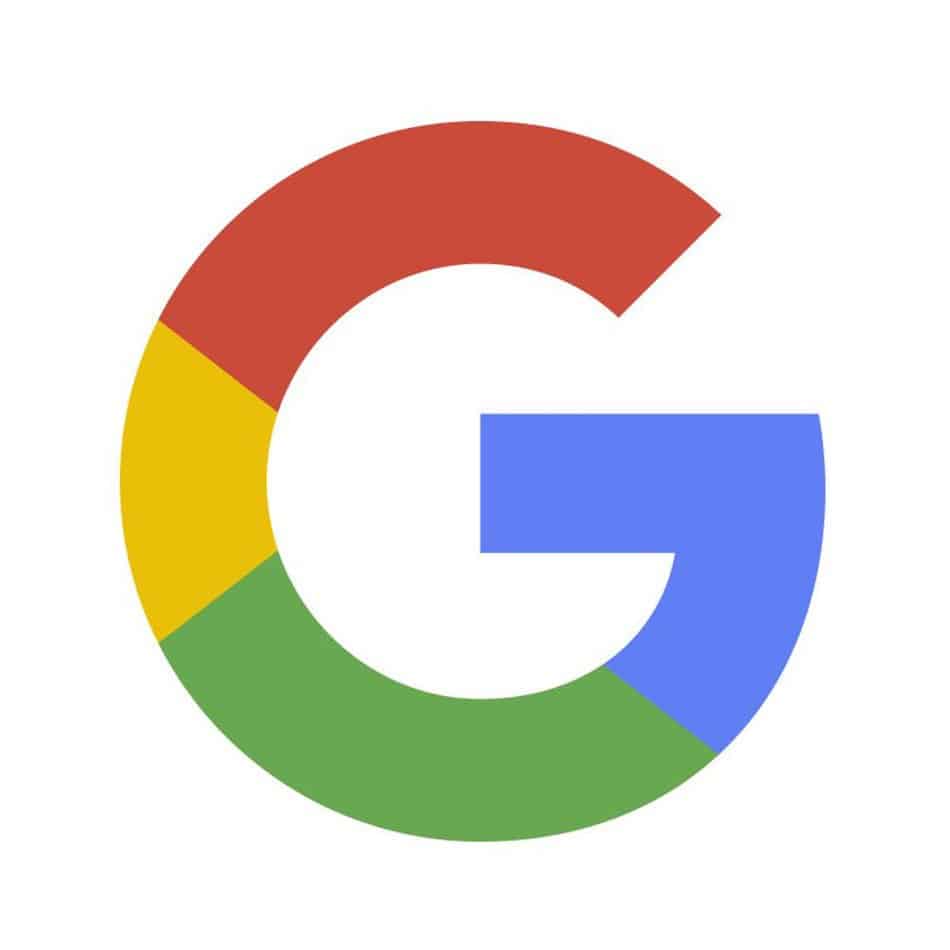Introduction
Google, a household name synonymous with internet search, has transformed the way we access information and navigate the digital landscape. Behind its iconic logo lies a robust and multifaceted business model that has propelled Google to become one of the world’s most valuable companies. In this blog post, we will delve into the intricacies of Google’s business model and explore how the company leverages technology, advertising, and innovation to drive its success.
- Search Engine Dominance
Google’s business model centers around its search engine, which serves as the gateway to the vast ocean of information available on the internet. With its sophisticated algorithms and ranking systems, Google delivers relevant and accurate search results, enabling users to find information quickly and efficiently. By continuously refining its search capabilities, Google has secured its position as the go-to search engine for billions of users worldwide.
- Advertising Revenue
Google’s primary source of revenue is online advertising. Through its advertising platform, Google Ads, the company provides a space for businesses to showcase their products and services alongside search results and other online content. Google’s ability to deliver targeted advertisements based on user behavior, search history, and demographics has made its advertising platform highly effective and attractive to advertisers. This revenue stream has been instrumental in fueling Google’s growth and innovation.
- Diversification of Product Portfolio
While search and advertising form the foundation of Google’s business model, the company has successfully diversified its product portfolio. From productivity tools like Google Workspace (formerly G Suite) to cloud computing services through Google Cloud Platform, and consumer hardware such as Pixel smartphones and Nest smart home devices, Google has expanded its reach across various industries. This diversification allows Google to tap into new revenue streams and position itself as a comprehensive technology provider.
- Data and Artificial Intelligence
Google’s business model heavily relies on data collection and analysis. Through its various services, including search, Gmail, Google Maps, and YouTube, the company gathers vast amounts of user data. This data fuels Google’s artificial intelligence (AI) initiatives, enabling the development of innovative products and services. Google’s AI capabilities power features like voice recognition, image recognition, and personalized recommendations, enhancing user experiences and driving engagement across its platforms.
- Platform Ecosystem and User Engagement
Google has built an ecosystem of interconnected platforms and services that foster user engagement and loyalty. By offering a suite of products that seamlessly integrate with one another, such as Gmail, Google Drive, and Google Calendar, the company enhances productivity and convenience for users. Additionally, Google’s Android operating system dominates the mobile market, further expanding its reach and providing opportunities for users to engage with its services.
- Open-source Initiatives and Developer Community
Google embraces open-source initiatives and actively engages with the developer community. Projects like the Android operating system, TensorFlow (an open-source machine learning framework), and Kubernetes (a container orchestration system) demonstrate Google’s commitment to collaboration and innovation. By nurturing a vibrant developer community, Google fosters creativity, accelerates technological advancements, and expands its ecosystem.
- Innovation and Moonshot Projects
Google’s business model thrives on a culture of innovation and ambitious moonshot projects. The company is known for its willingness to take risks and invest in groundbreaking initiatives that have the potential to reshape industries. Projects like Google X (now X Development), which focuses on futuristic technologies, and Waymo, Google’s self-driving car division, exemplify Google’s pursuit of disruptive innovation.
Conclusion
Google’s business model is a testament to its relentless pursuit of organizing the world’s information, monetizing digital advertising, and fostering technological innovation. Through its dominant search engine, advertising platform, diversified product portfolio, data-driven insights, platform ecosystem, open-source initiatives, and moonshot projects, Google has transformed the way we access information, connect with others, and navigate the digital landscape. Its business model, fueled by its search engine dominance, advertising revenue, diversified product portfolio, data and AI capabilities, platform ecosystem, developer community, and innovative initiatives, has allowed Google to remain at the forefront of the technology industry.
Looking ahead, Google’s business model will continue to evolve and adapt to the changing needs of users and the advancements in technology. As artificial intelligence, machine learning, and voice recognition become more prevalent, Google will leverage its expertise to enhance user experiences and deliver even more personalized and relevant content.
Furthermore, Google’s commitment to sustainability and environmental responsibility is increasingly evident in its business model. The company has invested in renewable energy projects, reduced its carbon footprint, and aims to operate on 24/7 carbon-free energy by 2030. This focus on sustainability aligns with societal expectations and positions Google as a responsible corporate citizen.
In conclusion, Google’s business model revolves around harnessing the power of information, leveraging technology, and connecting people and businesses in a meaningful way. Its search engine dominance, advertising revenue, diverse product portfolio, data-driven insights, platform ecosystem, developer community, and innovative initiatives have propelled Google to its current position as a global technology leader. As Google continues to innovate and adapt, its business model will shape the future of how we access information, communicate, and interact with the digital world.


